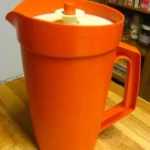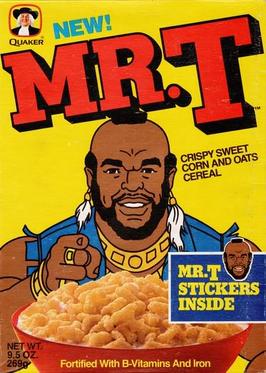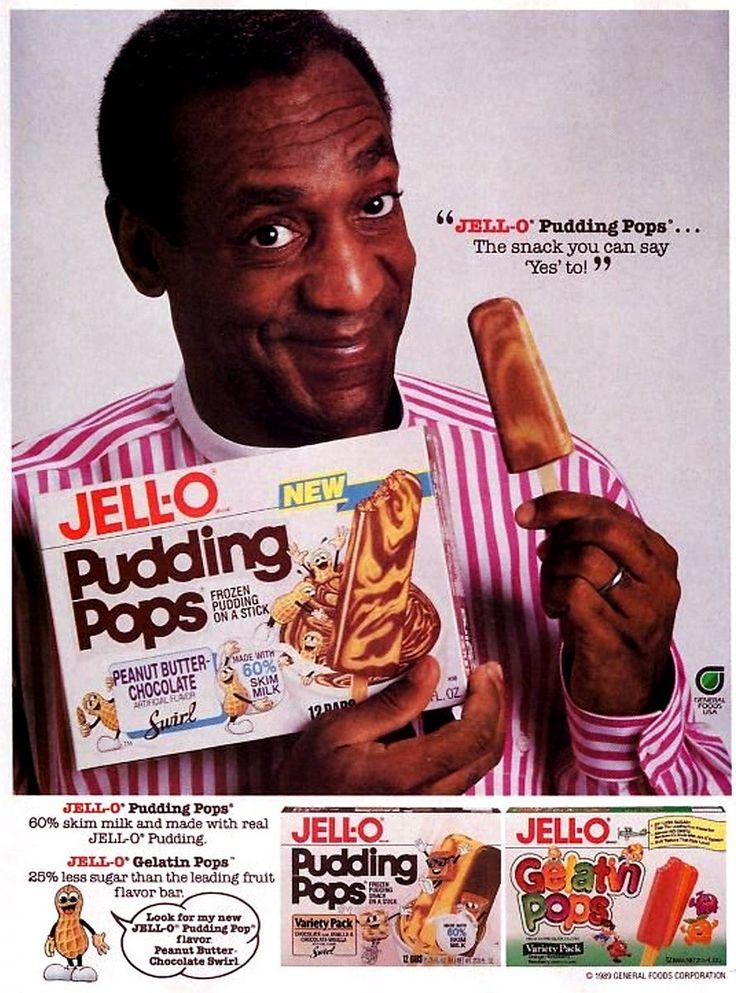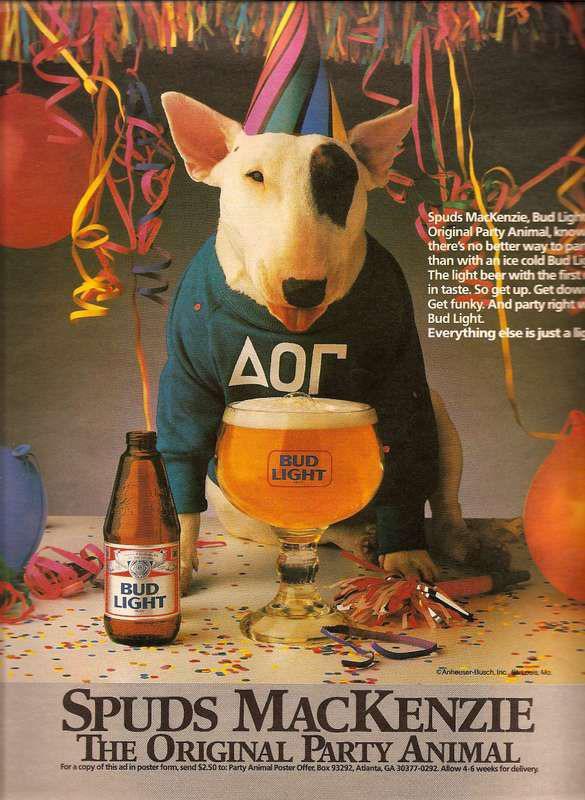 If you grew up in the 1980s, there’s a good chance that the taste of your childhood was poured from a squat, plastic pitcher that sat in nearly every American refrigerator: the classic Tupperware pitcher. Usually pastel in color—mint green, baby blue, faded orange, or that unmistakable mustard yellow—this unassuming container was a kitchen staple. It wasn’t high-tech or flashy. It didn’t need to be. It was a workhorse. It sat proudly on the fridge shelf or the picnic table, ready to dispense sugary joy with a quick twist of its lid. And inside it? Almost always: Kool-Aid.
If you grew up in the 1980s, there’s a good chance that the taste of your childhood was poured from a squat, plastic pitcher that sat in nearly every American refrigerator: the classic Tupperware pitcher. Usually pastel in color—mint green, baby blue, faded orange, or that unmistakable mustard yellow—this unassuming container was a kitchen staple. It wasn’t high-tech or flashy. It didn’t need to be. It was a workhorse. It sat proudly on the fridge shelf or the picnic table, ready to dispense sugary joy with a quick twist of its lid. And inside it? Almost always: Kool-Aid.
The Tupperware pitcher of the 1980s wasn’t just a container. It was a ritual. Making Kool-Aid was one of the earliest kitchen duties kids were entrusted with, and the process had a sacred rhythm. First, you grabbed a packet—maybe Tropical Punch, maybe Grape, maybe Cherry. You’d tear it open, dump the powder in, inhale the candy-like cloud that erupted, then scoop in an arguably absurd amount of sugar. Mom would sometimes try to cut it back to “just” 3/4 cup, but every kid knew the real recipe was a full cup, maybe a heaping one. You’d fill it with cold water from the tap and stir it with a long-handled spoon that barely fit, watching the sugar swirl and dissolve, transforming water into something so brightly colored it looked radioactive.
The pitcher itself was perfectly designed for this ritual. Made from durable, slightly flexible plastic, it had a simple cylindrical body and a spout topped by the legendary Tupperware lid. The lid had a rotating dial with two openings: one for pouring and one for “closed,” so your Kool-Aid didn’t spill if someone knocked it over during a game of living room tag. This rotating top added an almost scientific feel to the process—like you were sealing in something important. The whole thing was chunky, tactile, and endlessly satisfying. You could drop it. You could knock it off the counter. It wouldn’t crack. It would just thud and bounce. It was indestructible.
Moms loved it because it was efficient. Kids loved it because it meant Kool-Aid. It was so iconic that just seeing one sitting on a kitchen counter meant something good was happening. Maybe it was a Saturday afternoon. Maybe friends were coming over. Maybe the sprinkler was running in the backyard and you were about to have the time of your life. That pitcher wasn’t just holding liquid. It was holding summer.
In households across the country, this pitcher became the star of snack time, cookouts, and post-bike ride hydration. The Kool-Aid Man may have been crashing through walls in commercials, yelling “Oh yeah!”, but it was this humble pitcher doing the real work. It was always there, waiting in the fridge, filled with something bright and sticky. And even though it got stained—especially if you made red or grape Kool-Aid—it never went away. The inside got cloudy. The outside developed tiny scratches. But that pitcher stayed in service for years, if not decades.
There was something about the ergonomics of it, too. It was easy for even small hands to grip the handle and pour (though not always well—more than a few tablecloths were ruined by a child too ambitious with the tilt). Its wide mouth made it easy to fill and clean, and the pop of the lid being opened or closed was as familiar as the sound of cartoons coming on at 3:30 p.m. after school.
And while Kool-Aid was the default drink, the pitcher wasn’t exclusive. It held iced tea sweet enough to knock your socks off, Hi-C concentrate mixed into oblivion, lemonade from frozen cans, and the occasional “mom mix” of Crystal Light. But for a generation of kids, the real memory is that neon liquid, that tongue-staining sugar bomb that could only be made right in that Tupperware pitcher. Making it in a glass jar or a metal thermos just didn’t feel the same. It wasn’t official.
The pitcher became such a fixture of 1980s kitchens that it even made appearances in Tupperware parties—those suburban social events where women gathered to see demonstrations of burping lids and modular storage solutions. This pitcher was often front and center, a beloved example of practicality meeting longevity. It wasn’t glamorous, but it was dependable. Everyone had one. And if you didn’t, your neighbor probably had three.
In a way, the Tupperware pitcher was the unsung hero of the 1980s. It didn’t beep or light up or transform. It didn’t have a jingle or a mascot. But it touched every day. It was there when you came inside sweaty from chasing the ice cream truck. It was there when your mom handed you a plastic cup with a warning not to spill on the carpet. It was there when your best friend slept over, and you snuck one more glass of Kool-Aid before bed. Its value wasn’t in flash, but in familiarity.
Today, you can still find these pitchers. Some people never got rid of theirs. Others hunt for them at thrift stores, garage sales, or on eBay, looking for that specific shade of avocado green that matches the one in their mom’s kitchen. Tupperware even re-releases them from time to time, tapping into nostalgia so strong you can almost smell the sugary steam rising as you stir in the powder.
The taste of Kool-Aid may have come in a hundred flavors, but the experience always tasted the same: carefree afternoons, sugar highs, and sticky hands. And behind every perfect pour was that trusty pitcher—ugly by modern design standards, gloriously simple, and loved beyond all reason.
It’s just a piece of molded plastic, sure. But for an entire generation, that 1980s Tupperware pitcher was a symbol of comfort, chaos, and childhood itself.


